Descripción
En este libro presentamos la ciencia de la física de una manera cuidadosamente estructurada que enfatiza tanto sus fundamentos como sus aplicaciones. Sin embargo, la estructura es lo suficientemente flexible como para que haya caminos a través de ella que son compatibles con las diversas presentaciones que se encuentran en los cursos de introducción a la física que tienen el cálculo como un correquisito o prerrequisito.
Siempre hemos tenido presente la idea de que un libro de texto debe ser una ayuda completa para el estudio. Por lo tanto, hemos comenzado cada tema desde el principio y hemos incluido todo lo que un estudiante necesita saber. Esta característica es fundamental para los exitosos libros de texto del autor principal sobre física moderna y física cuántica.
En este Volumen II, generalmente no se encuentra una presentación fotográfica, al menos el sabor del trabajo de laboratorio se da al incluir descripciones cuidadosas de los experimentos. Otro aspecto más del estilo expansivo se encuentra en las frecuentes discusiones sobre la base microscópica de los fenómenos macroscópicos.
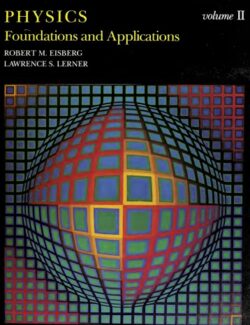
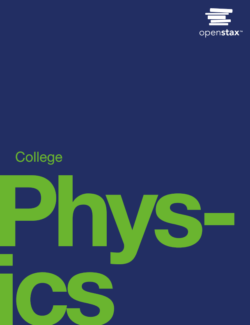
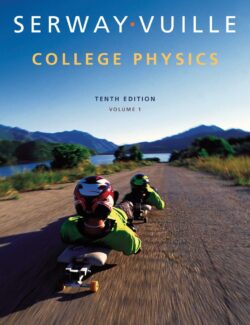

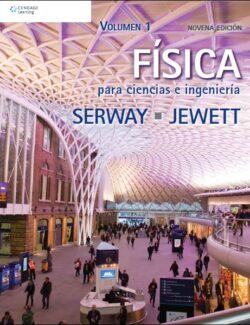
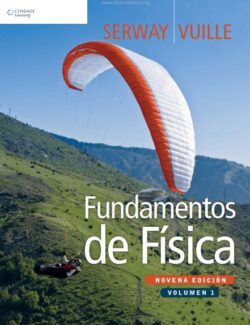

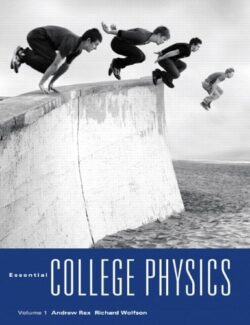
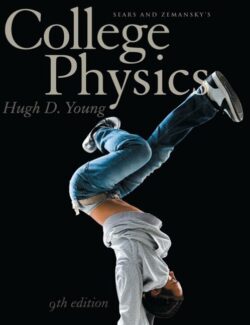

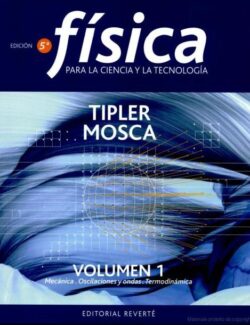
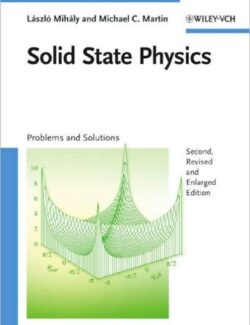
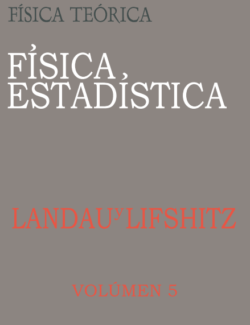
Déjanos un comentario
No hay comentarios